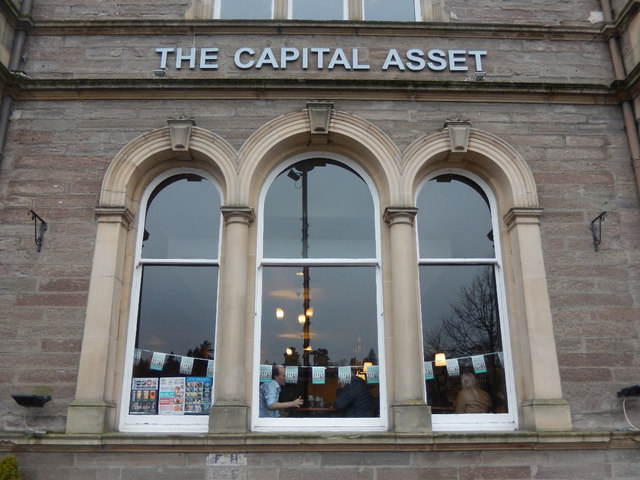I have been having some interesting discussions recently about Knowledge Assets. What are they, and what do they look like?
 |
| Image from Geograph.com |
One viewpoint is that a Knowledge Asset is an area of valuable knowledge, or a competence, which an organisation holds. Imagine an organisation that knows about constructing hospitals. You could say that this knowledge is an asset, and therefore they hold a "knowledge asset on hospital building".
This knowledge asset could be uncodified - held in the heads of the experienced engineers. It could be codified - documented in manuals and guidance. It could also be embedded in the operational structures of the organisation; its job posts, its workflows, its procedures and so on.
Another viewpoint is that this knowledge only becomes an asset when it is well managed. Knowledge is unmanaged can be a liability rather than an asset, and unmanaged knowledge is at best a potential asset.
It comes down to terminology, and in Knoco we have tended to use the second terminology. we believe that knowledge becomes an asset when it is managed.
So what does a managed knowledge asset look like?
A managed knowledge asset will contain two components, the codified and uncodified components.
The uncodified component is represented by an asset manager (often called a practice owner, if the knowledge asset refers to an area of practice) supported by a set of subject matter experts and a community of practice, with succession planning and an effective Knowledge retention and Transfer mechanism. The knowledge asset manager, with the aid of the community of practice, will be tasked with acquiring and maintaining the necessary knowledge, and applying this for maximum business gain. They will also maintain the codified component of the knowledge asset.
The codified component of a Knowledge Asset is a single curated set of documents, or a single synthesised document, containing compiled and validated guidance on a specific area of practice. Documented Knowledge Assets consist of guidelines and best practices, set within business context, often enlivened by stories from experience, and linked to people and more detailed documents for further detail, structured in such a way as to be of maximum use to the reader. They may also contain (or contain links to) standards, training materials, examples, templates, “tips and hints” and checklists.
The uncodified component is represented by an asset manager (often called a practice owner, if the knowledge asset refers to an area of practice) supported by a set of subject matter experts and a community of practice, with succession planning and an effective Knowledge retention and Transfer mechanism. The knowledge asset manager, with the aid of the community of practice, will be tasked with acquiring and maintaining the necessary knowledge, and applying this for maximum business gain. They will also maintain the codified component of the knowledge asset.
Learn more about our service for creating codified knowledge assets




No comments:
Post a Comment